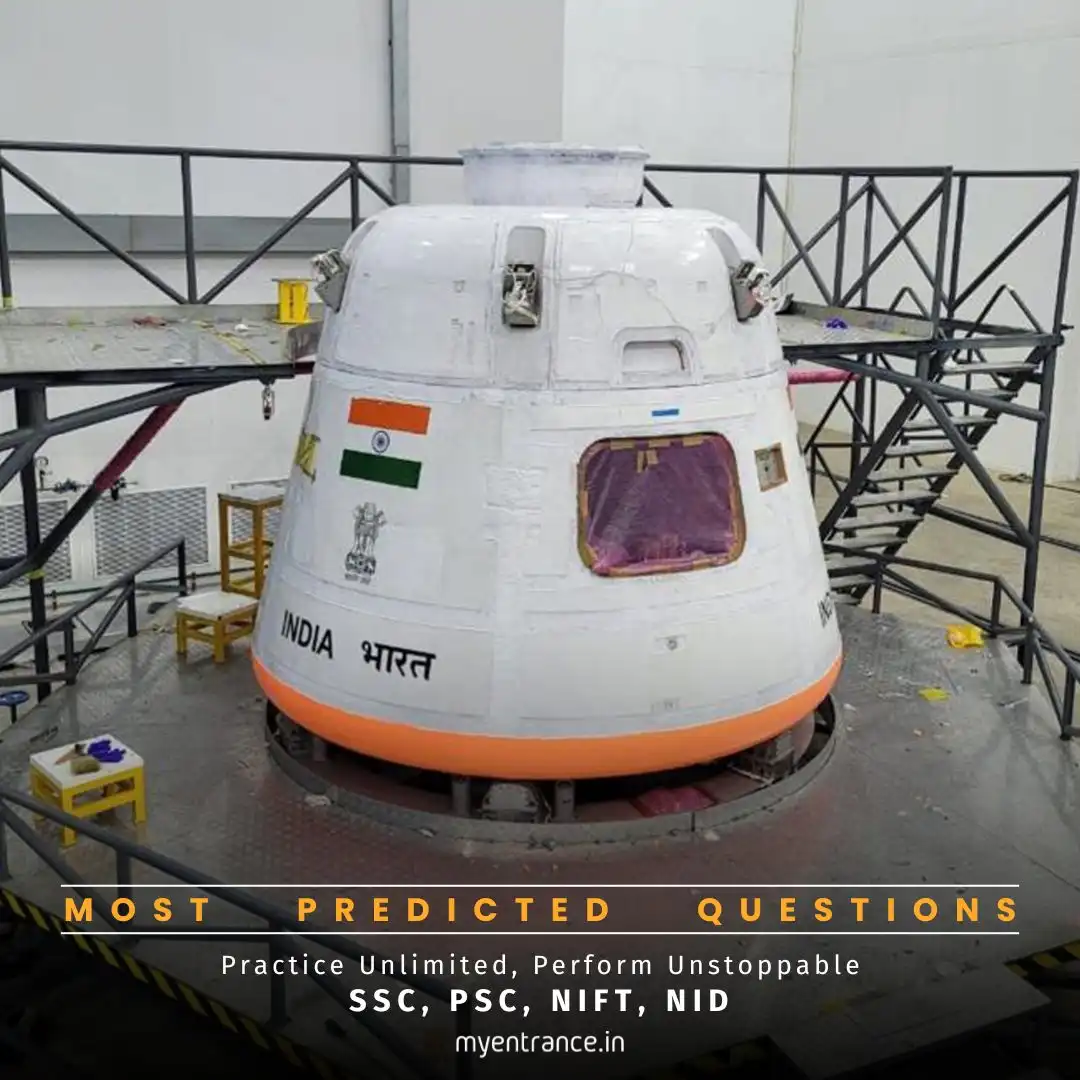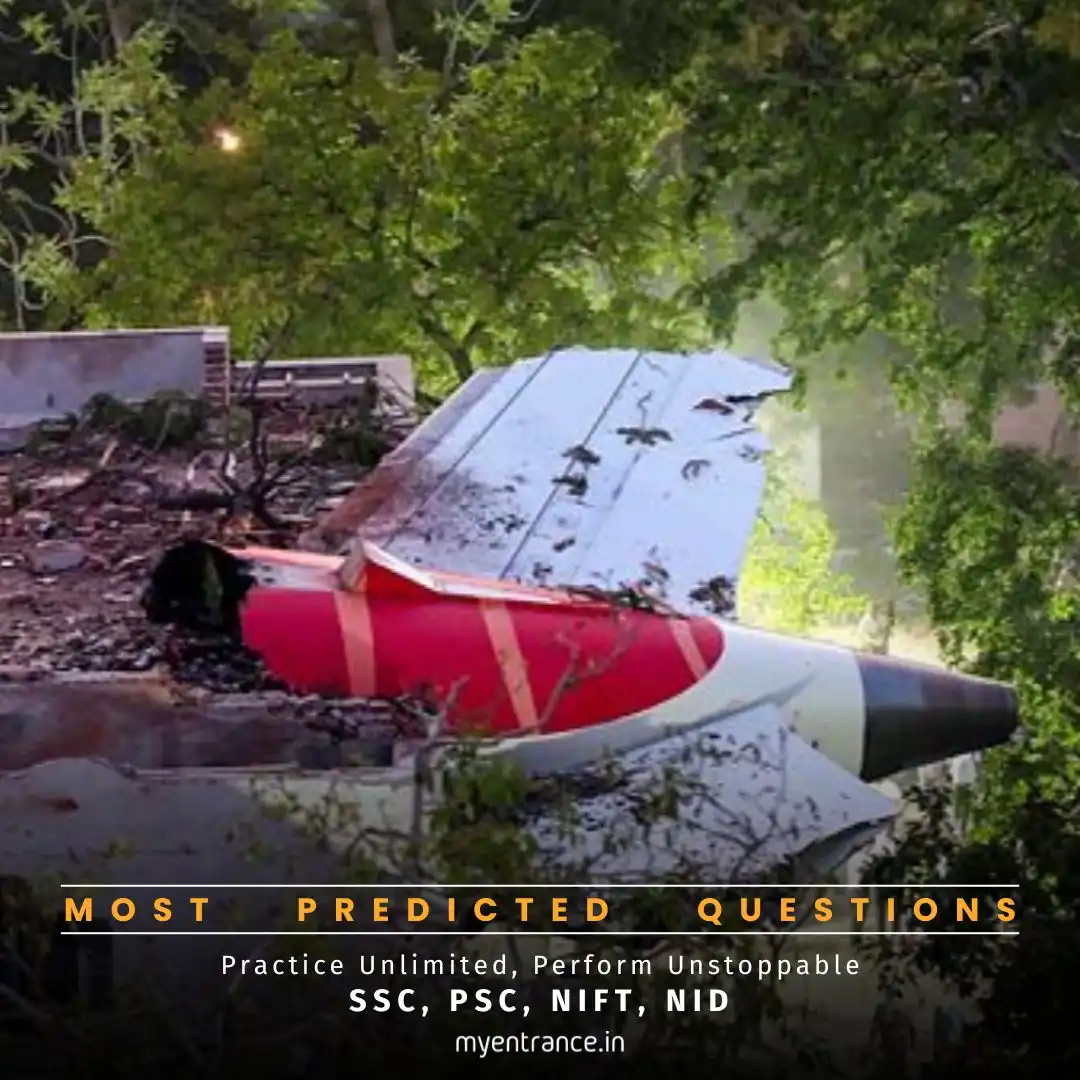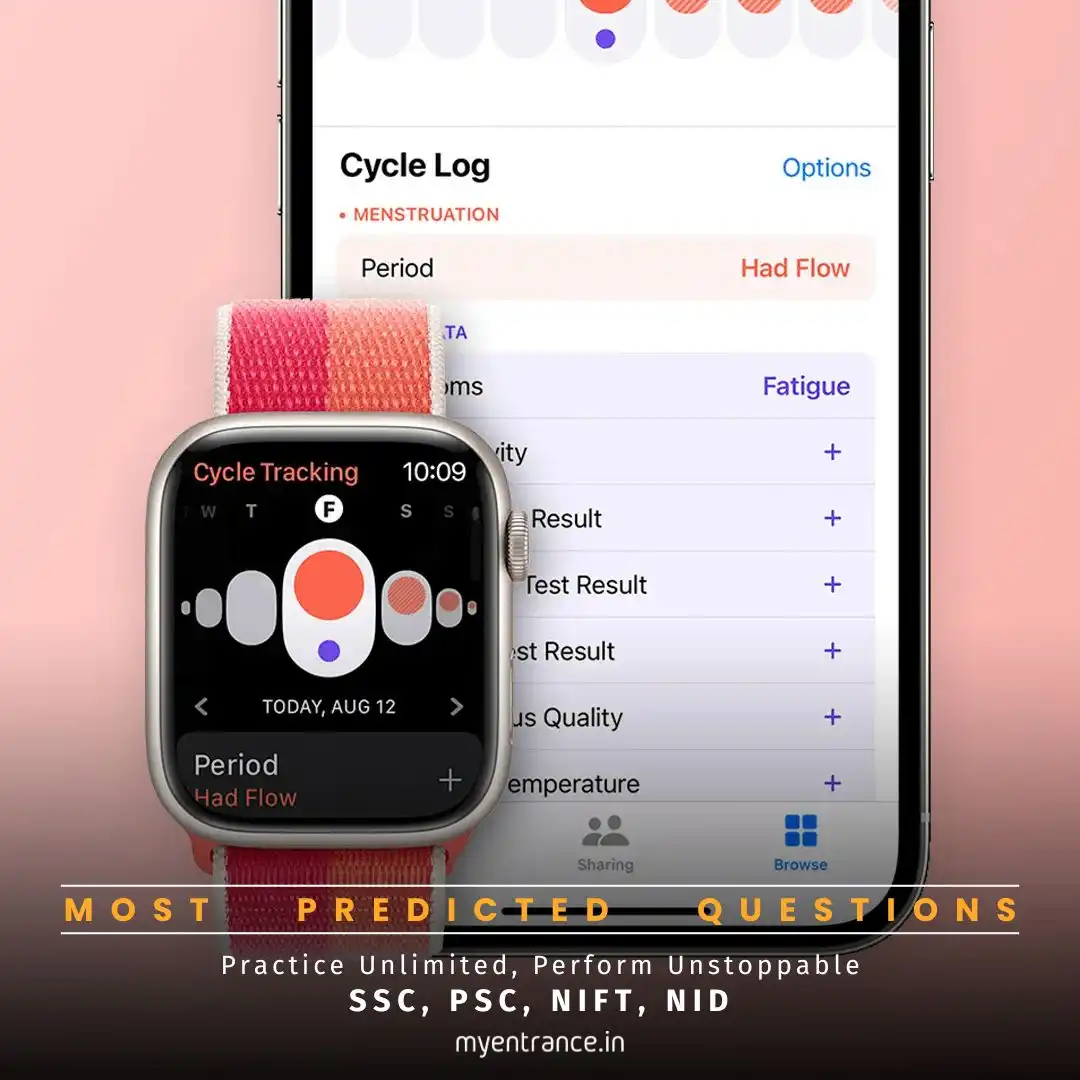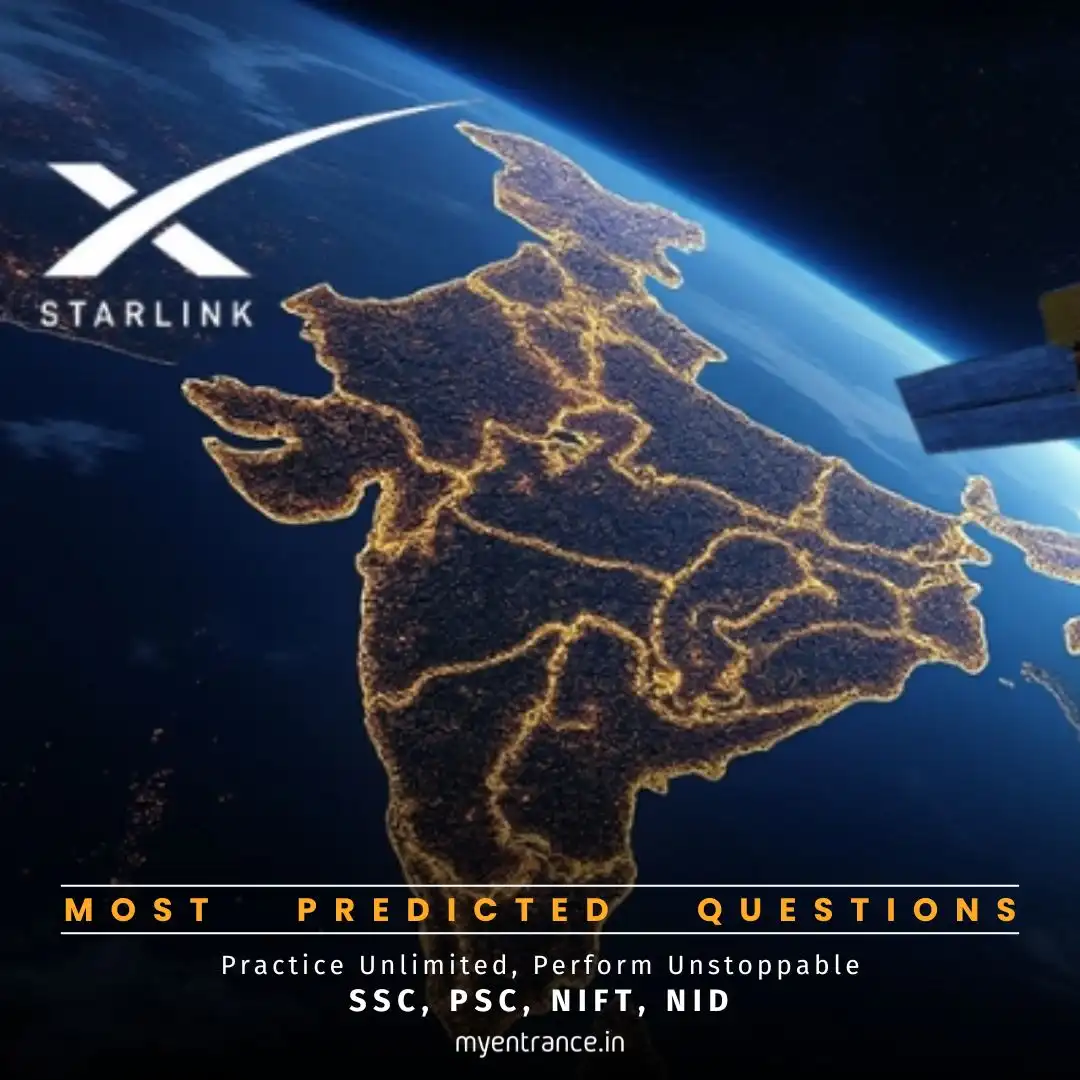Select Language
Gaganyaan Propulsion System Tested: Is India Ready for Crewed Space Missions?
India’s ambitious Gaganyaan mission, aimed at sending astronauts to space, has achieved another milestone. On July 3, 2025, the Indian Space Research Organisation (ISRO) successfully conducted two hot tests of the Gaganyaan Service Module Propulsion System (SMPS) at its Propulsion Complex in Mahendragiri, Tamil Nadu. These tests confirm the system’s readiness for real-flight conditions, marking a crucial step toward India’s first crewed space mission.

What Is the Gaganyaan Service Module Propulsion System (SMPS)?
The SMPS is a critical component of the Gaganyaan Orbital Module, responsible for:
Orbital adjustments (raising/lowering altitude).
Trajectory corrections during the mission.
Emergency abort scenarios to ensure crew safety.
Key Features of SMPS:
5 Liquid Apogee Motors (LAMs) – Each providing 440N thrust.
16 Reaction Control System (RCS) thrusters – Each delivering 100N thrust.
Capable of operating in steady-state and pulsed modes for precise control.
Details of the Hot Tests
ISRO conducted two crucial tests:
A 30-second short-duration test – To check initial ignition and system stability.
A 100-second long-duration test – Simulating real-flight maneuvers.
Both tests confirmed that the propulsion system performed as expected, matching pre-test predictions.
Why the 100-Second Test Was Crucial
Demonstrated simultaneous firing of all RCS thrusters in different modes.
Tested all LAM engines together, mimicking actual orbital adjustments.
Proved the system’s reliability under mission-critical conditions.
Behind the Scenes: Development & Improvements
The Liquid Propulsion Systems Centre (LPSC), ISRO’s propulsion experts, have been refining the SMPS through multiple test phases. The latest version includes design upgrades to better replicate actual flight conditions.
Why This Matters for Gaganyaan
The Gaganyaan mission is India’s first attempt at sending humans to space and bringing them back safely. A fully functional SMPS is essential because:
It ensures precise orbital control for mission success.
It plays a life-saving role in abort scenarios.
A failure could endanger astronauts, making these tests vital.
With these successful tests, ISRO has moved closer to its 2025-26 launch target, bringing India one step nearer to joining the elite club of nations capable of human spaceflight.
Sample Questions & Answers (For Competitive Exams)
Q1: What was the purpose of ISRO’s hot tests for the Gaganyaan SMPS?
A: To validate the propulsion system’s performance under simulated flight conditions.
Q2: How many thrusters does the Gaganyaan SMPS have?
A: It has 5 Liquid Apogee Motors (LAMs) and 16 Reaction Control System (RCS) thrusters.
Q3: Where were the hot tests conducted?
A: At ISRO’s Propulsion Complex in Mahendragiri, Tamil Nadu.
Q4: What is the significance of the 100-second test?
A: It confirmed the SMPS can handle real-flight maneuvers, including simultaneous thruster firing.
Q5: Which ISRO center is responsible for developing the SMPS?
A: The Liquid Propulsion Systems Centre (LPSC).
Why Is This Important for Exams?
Current Affairs: Major updates on ISRO’s missions are frequently asked in SSC, PSC, UPSC, and other competitive exams.
Science & Tech: Understanding space technology helps in engineering entrance exams and defense-related tests.
National Achievements: Gaganyaan is a prestigious project, making it a likely topic for essays and interviews.
Stay tuned to MyEntrance.in for more updates on Gaganyaan, ISRO missions, and exam-focused current affairs!
Get 3 Months Free Access for SSC, PSC, NIFT & NID
Boost your exam prep!
Use offer code WELCOME28 to get 3 months free subscription. Start preparing today!














